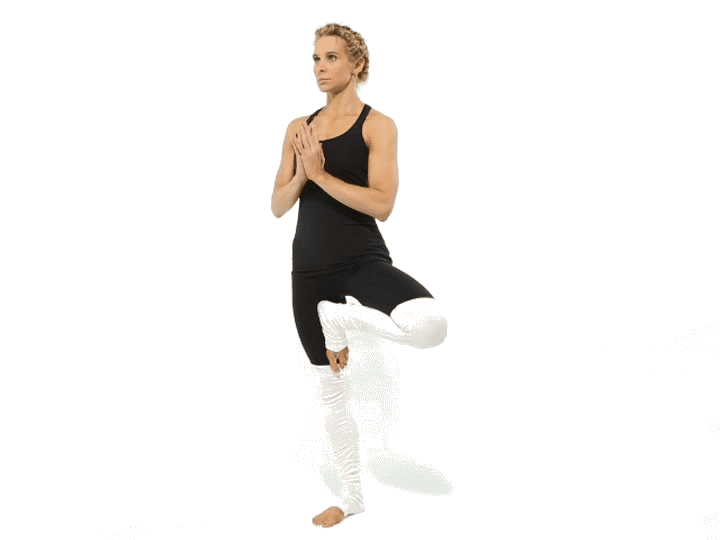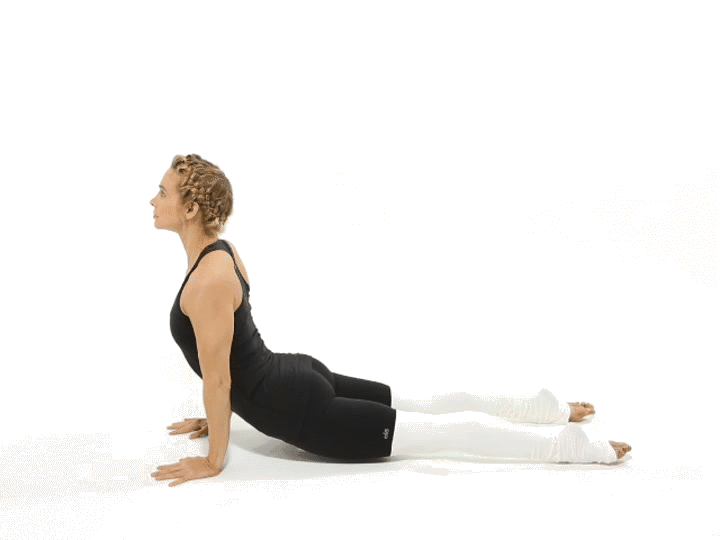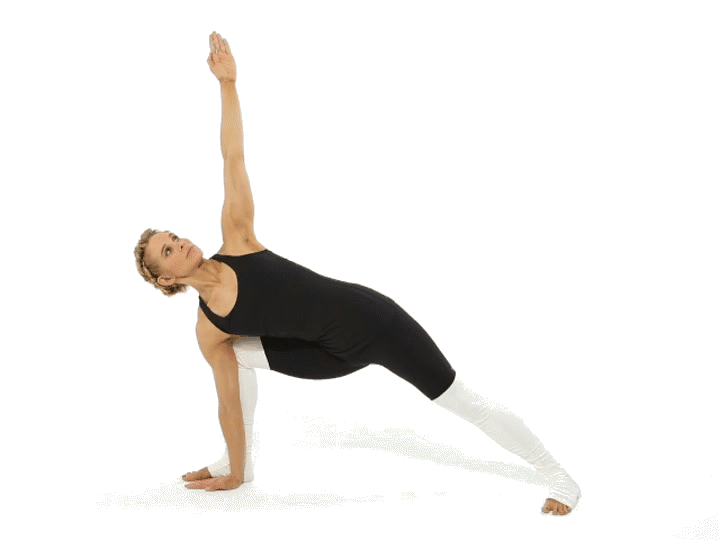Summary
- Mindful transitions in yoga cultivate concentration, regulate breath, and enhance full-body awareness and mental clarity.
- Transitions like Tree Pose to Warrior III foster balance, proprioception, and resilience to distractions.
Mindfulness in a yoga practice emerges not only in the static poses but in the subtle transitions that weave one posture into another, encouraging full‑body awareness and mental clarity. By moving slowly and with intention between asanas, practitioners can deepen concentration, regulate their breath, and invite a greater sense of embodied presence. Bringing mindfulness onto the mat transforms each shift—Tree Pose to Warrior III, Upward‑Facing Dog to Downward‑Facing Dog, and Side Angle to Warrior II—into a moving meditation that bridges the gap between movement and stillness.
Introduction: The Art of Mindful Movement
Yoga inherently teaches us to be present, and it’s in the transitions between poses that this presence becomes most palpable. Transitions serve as moving meditations, guiding attention to breath, subtle shifts in weight, and mental focus, all while building strength and stability both on and off the mat. Practicing mindfulness of change can give us an intimate view of the process unfolding in real time—each pose giving way to the next, much like each moment arises and passes in our daily lives. In the sections that follow, we’ll explore three powerful transitions that anchor mindfulness directly in movement.
Tree Pose to Warrior III
Grounding into Flight

Tree Pose, or Vrksasana, is a foundational standing posture that teaches you to simultaneously press down through the standing foot and reach tall through the crown of the head, fostering both stability and expansion. This dual action of rooting and lifting strengthens and stretches the legs and core while challenging balance, making it an ideal pose for training focused awareness. By anchoring your gaze—or drishti—on a fixed point, Tree Pose invites you to focus outwardly and inwardly, training the mind to stay present even as the body wobbles.
To move mindfully from Tree Pose into Warrior III, imagine drawing your lifted knee into your chest as you stand tall, then hinge forward at the hips from your rooted foot, extending the lifted leg behind you and reaching the arms forward in one seamless line. Maintaining a steady breath and keeping both hip points square to the floor ensures a grounded, balanced transition that embodies patience and non‑reactivity.
This fluid movement demands muscular engagement in the legs, core, and shoulders, sharpening physical awareness and cultivating concentration. By synchronizing each inhalation and exhalation with micro‑adjustments of the body, the transition becomes a moving meditation, anchoring the mind to the present moment. Regular practice of this transition can improve proprioception and resilience to distraction, both on the mat and off.
Upward Dog to Downward Dog
Inhale‑Exhale Rhythm

Upward‑Facing Dog (Urdhva Mukha Svanasana) is a back‑bending asana that opens the chest, strengthens the arms and spine, and stimulates the abdominal organs. In this pose, you press into your hands to lift the thighs off the mat and draw the shoulder blades together, cultivating a sense of openness and vitality. Holding Upward Dog invites practitioners to observe sensations of expansion in the front body, fostering mindful awareness of breath and movement.
To transition mindfully to Downward‑Facing Dog (Adho Mukha Svanasana), begin your exhalation deeply, pressing into the tops of the feet and drawing the hips up and back. As you fold through the spine, allow your toes to glide over the mat, completing the arc of movement in harmony with your breath. This inhale‑to‑exhale dynamic becomes a moving mantra, reminding you to follow the breath and stay anchored in the present.
Downward‑Facing Dog is a rejuvenating inversion that strengthens the upper body, stretches the hamstrings and calves, and calms the nervous system. Maintaining awareness of the three points of contact—hands, feet, and breath—cements mindfulness in this powerful full‑body pose.
Flowing between backbend and forward fold teaches acceptance of change, soothing the habitual mind that seeks comfort and stability. The rhythmic interchange of expansion and contraction trains you to witness shifting sensations without judgment, a core principle of mindfulness. Over time, this transition becomes a tool to manage stress and cultivate equanimity, as both body and mind learn to adapt gracefully.
Side Angle to Warrior II
Expanding Awareness

Extended Side Angle Pose (Utthita Parsvakonasana) is a dynamic standing posture that stretches the side body, strengthens the legs, and opens the chest, inviting a sense of length and lift. By pressing the forearm onto the thigh or using a block for support, you extend through the side waist and encourage a lengthened, mindful breath. This posture draws your attention to the lateral line of the body, promoting spatial awareness and energetic expansion.
To move mindfully into Warrior II (Virabhadrasana II), inhale to lift from the lower ribs—engaging the core—and exhale as you pivot the back heel down, opening the hips to face the long edge of the mat. Allow your gaze to soft focus over the fingertips, linking breath with movement to deepen concentration and cultivate presence.
Warrior II strengthens the legs, hips, and core while opening the chest and shoulders, cultivating endurance and inner resolve. This posture teaches you to root through the front foot and extend through the arms, embodying strength and stability.
This outward‑opening transition fosters self‑confidence and presence, reminding us to anchor in our power while remaining open. By focusing on the alignment of the front knee over the ankle and the engagement of the back leg, we practice informed attention and cultivate a sense of safety and steadiness. Repeating this transition slowly and deliberately enhances proprioceptive skills and stabilizes the mind‑body connection, illustrating that mindfulness is truly a practice cultivated in the spaces between postures.
Conclusion: Cultivating Mindful Flow
These three transitions—Tree Pose to Warrior III, Upward‑Facing Dog to Downward‑Facing Dog, and Side Angle to Warrior II—serve as practical pathways to infuse mindfulness directly into movement. By weaving breath, gaze, and bodily sensation into each flowing shift, we attend to the present and cultivate a non‑judgmental awareness that resonates beyond the mat. Embracing the art of mindful transitions encourages us to meet change with curiosity, balance challenges with poise, and bring compassion to our practice and daily lives. May these sequences guide you toward a more embodied, present, and peaceful journey—on the mat and off.








These transitions highlight the beauty of connecting breath and movement in yoga, turning each pose into an opportunity for deeper mindfulness. It’s inspiring to see how such practices can enhance both physical and mental well-being, fostering a sense of presence that extends beyond the mat.